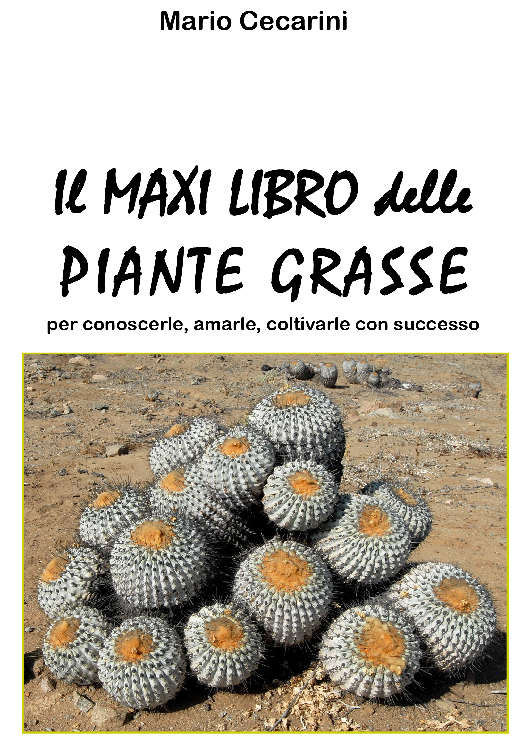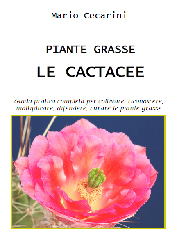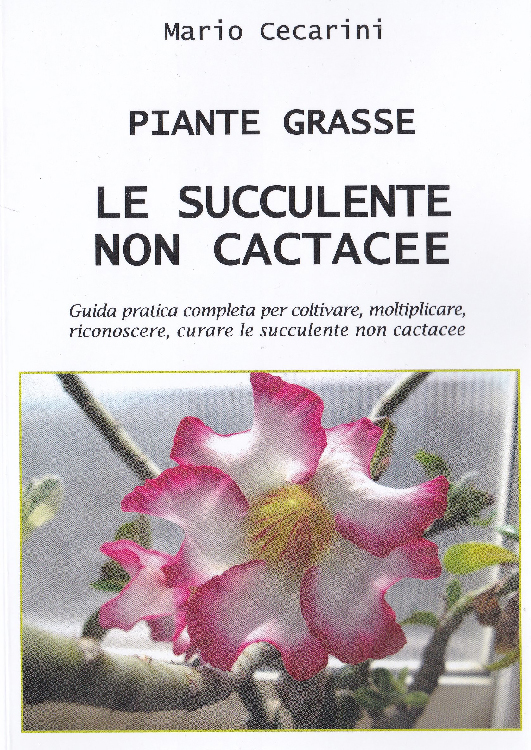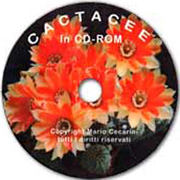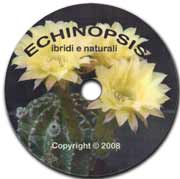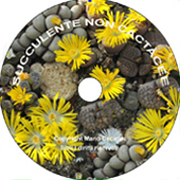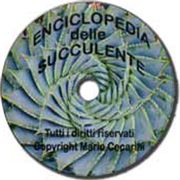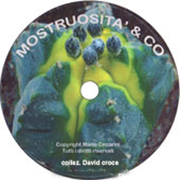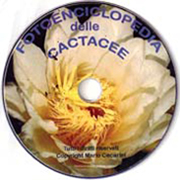Habitat: Mexico, western United States.
Description: the plants grouped in this genus occupy very different habitats: from sea level to elevations of approximately 3000 metres (9800 ft). Some show an upright habit, are slow-growing and very spiny; others tend to form clumps, are less spiny and grow faster. The large, vivid flowers are long-lasting and may appear on plants while still young. They grow to only modest proportions. In 1985 Taylor has moved Wilcoxia into this genus.
Soil: basic mix.
Location: choose an airy site in full sun; it is very important they be grown outdoors during the warm months since ultraviolet radiation is essential for flower formation. E. viereckii and E. scheeri prefer a partially shaded position.
Temperature: they should be allowed to rest at cool temperatures in the winter, preferably not below 6°C (43°F); this stimulates more profuse flowering.
Water: start watering in March, when flower buds are well developed, and stop in October, taking care to leave the soil dry for two weeks, a little less during the summer. Keep the plants dry from November to March, except for occasional light spraying. Generally they are tolerant of dry conditions and should be watered sparingly.
Cultivation tips: easy to grow. Provide plenty of light and some diluted fetilizer with microelements each time you water them. Species that tend to clump are best grown in bowl-like containers.
The first time you water, add 2 parts per mil of Benlate or Iprodione in order to prevent fungal diseases. Root mealy bugs can be treated with Diazinone. Raise from seed.
Main species of Echinocereus: Echinocereus lindsayi, a rare, very beautiful cactus requiring light soil with a 50% mineral content, full sun, dry conditions in the winter and a minimum temperature of 4°C (39°F); Echinocereus adustus; Echinocereus brandegeei; Echinocereus bristolii; Echinocereus chloranthus; Echinocereus russanthus; Echinocereus cinerascens; Echinocereus enneacanthus; Echinocereus floresii; Echinocereus delaetii; , they are found at altitudes between 800 and 1200 m (2600/4000 ft), easy in cultivation; they need full sun, good ventilation and water spray mist; E. coccineus;E. berlandieri has very large flowers; E.chinocereusgrandis; Echinocereus leonensis; Echinocereus triglochidiatus can withstand temperatures below zero; Echinocereus laui; Echinocereus longisetus; E. maritimus; Echinocereus nivosus; Echinocereus palmeri; Echinocereus parkeri; Echinocereus pentalophus; Echinocereus poselgeri; Echinocereus fendleri; Echinocereus polyacanthus, min. 8°C (46°F).; Echinocereus primolanatus;
Echinocereus tayopensis; Echinocereus ferrerianus; Echinocereus knippelianus needs little water; Echinocereus pulchellus; Echinocereus reichenbachii; Echinocereus rigidissimus; E. roetteri; Echinocereus scheeri; Echinocereus sciurus; Echinocereus schmollii; E. stoloniferus; E. schwarzii, syn. Echinocereus adustus ssp. s., syn. radians;
E. stramineus; Echinocereus subinermis; Echinocereus viereckii; Echinocereus viridiflorus; E. websterianus.




